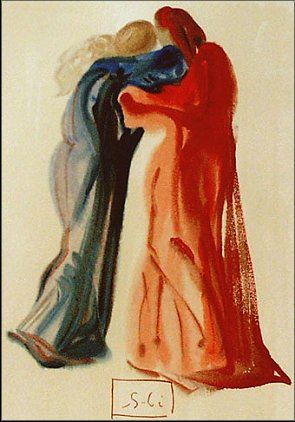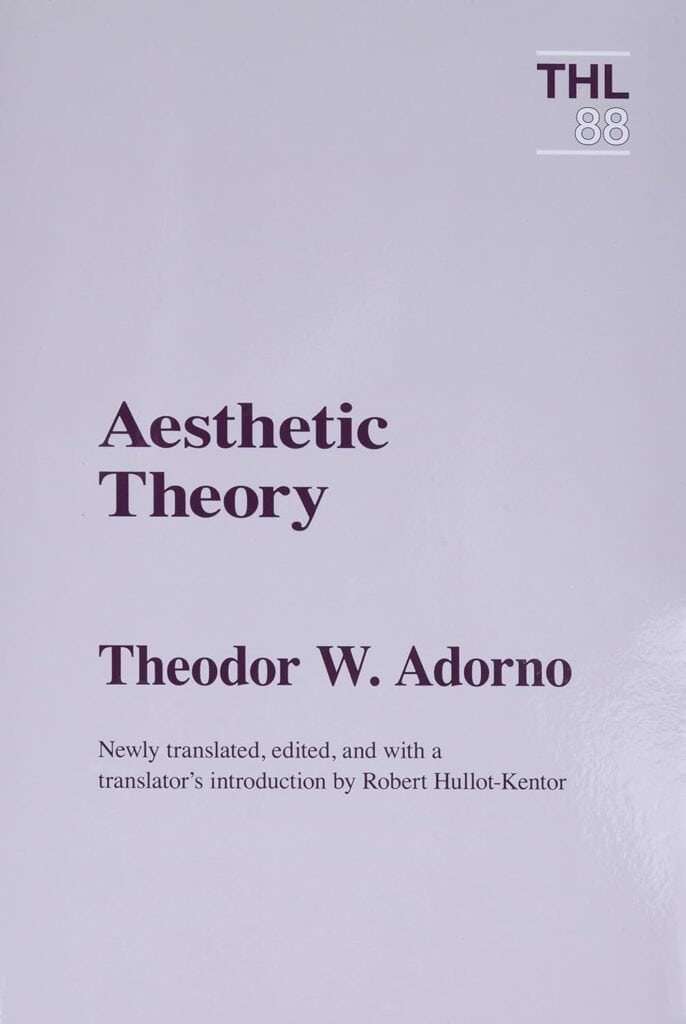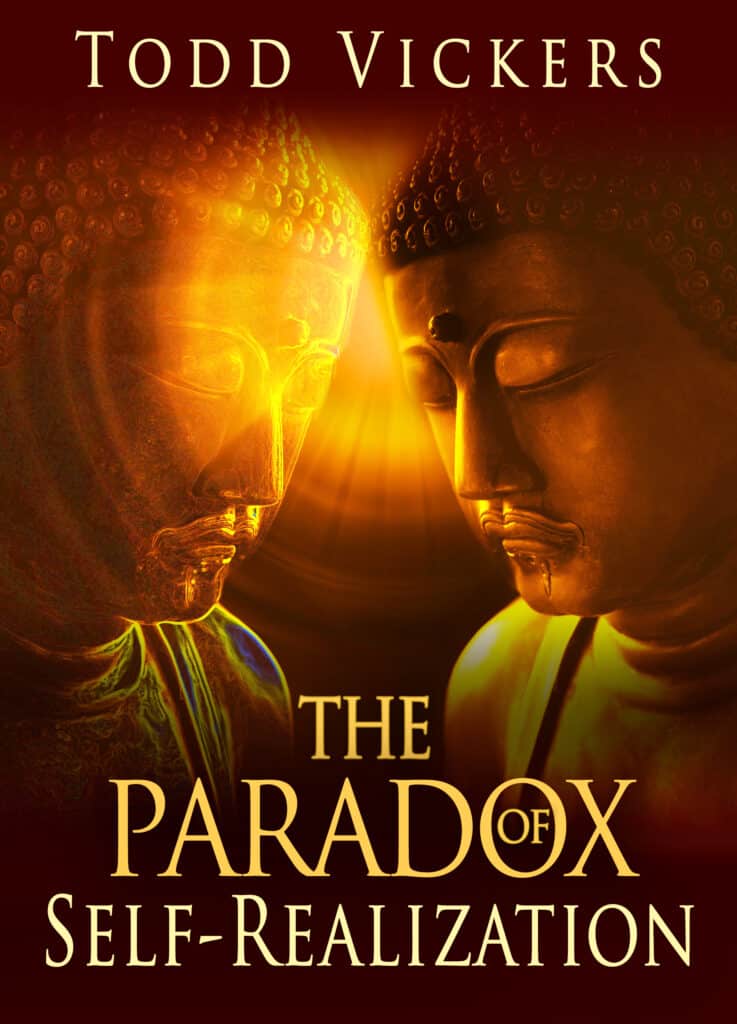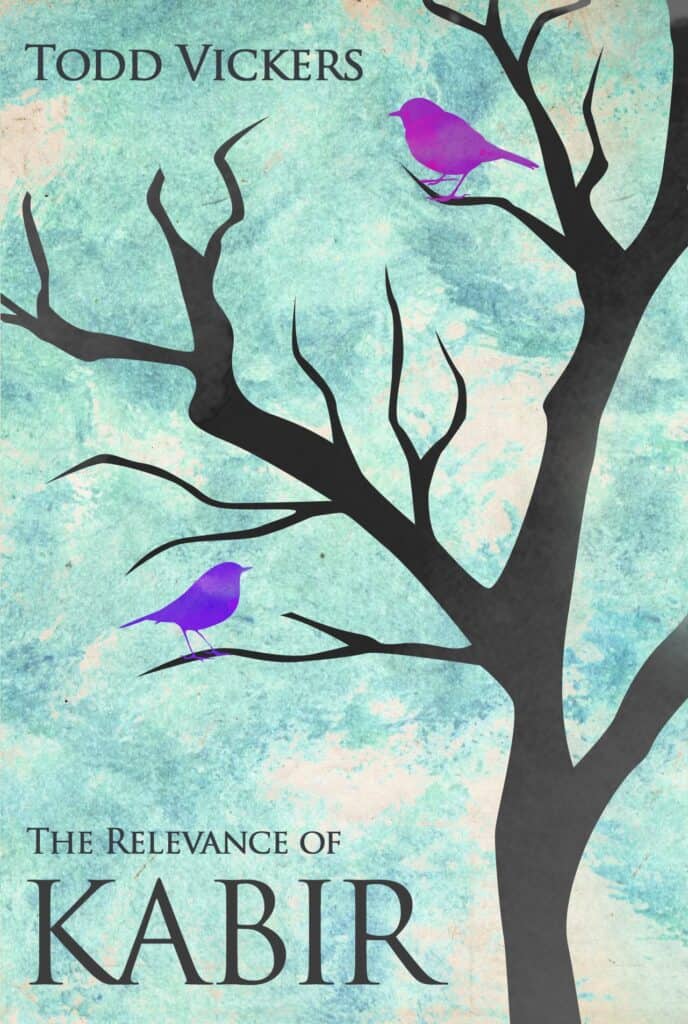Consider the impact of art, I believe if an artwork interrupts your habitual thinking, it’s a valuable gift. Regardless of your personal taste – whether the art appeals to you or not, or even if it repulses you – its disruption offers liberation from automatic thinking. It opens doors to perspectives beyond our routine thoughts and perceptions. This can lead to…
Conscious habit destruction.
As our world becomes increasingly mediated by mechanical bureaucracy, it seeps into areas where it doesn’t belong. (Press “1” for estate planning. Press “2” for divorce mediation.) There’s even a list of love languages that won’t guarantee your relationship. Typically, a significant shift away from habitual thought occurs through shocking or tragic events. Art can also catalyze this change, making it a less painful yet effective method. Notice that the same liberation from habit is achieved through orgasm, which disrupts habitual patterns. Quieting the mind also reveals and halts our habits.
In any moment between thoughts, if we recognize that our habitual patterns dissolve, that we can exist without them, this is conscious habit destruction. Even if the habit persists in memory, it loses its power and becomes impotent. However, this realization is in suspense; it is not-yet-conscious. One explanation for this lack of understanding is that we have identified with our mental habits. I suggest that identity itself is one of our oldest mental habits.
I don’t completely agree with Theodor Adorno’s3 views on art. While it’s likely that I don’t fully grasp his ideas — that’s probably an understatement — I find common ground where he writes, “The (art) work wants its truth and untruth to be grasped.” As I delve into his writings on aesthetics, I feel compelled to capture my evolving thoughts.
In discussing the attraction to art, Adorno makes an intriguing distinction: the experience of relating to or seeing oneself in an artwork, “The consumer arbitrarily projects his impulses – mimetic remnants – on whatever is presented to him.” (The art becomes a symbolic selfie.) Contrast this with the profoundly different experience of losing oneself in art. It’s crucial to understand these distinctions with art for a clear grasp of their implications. The latter experience, which goes beyond mere sensual pleasure, resonates with my view that art has the power to disrupt our usual habits of thought. While Adorno might be alluding to identity as one of these habits, I approach this interpretation of his work with caution.
Conscious Habit Destruction
On the topic of changing habits, or conscious habit destruction, habits can be willingly altered. One can consciously create a new habit to counterbalance the old, do different things consciously contrary to the habit, or simply disobey the impulses a habit induces. I see the former as an active approach, while the latter, more passive. In each case there is a conscious choice.
Life and art both venture into the unknown, this is often not-yet-conscious.
Returning to Adorno’s poetically spoken ideas about art, I agree with his view that art seeks to reveal its truth and untruth. However, I also believe that truly apprehending this aspect of art is impossible without a disruption in our habitual thinking. This understanding is a conscious act in the present, which is not beholden to past perspectives. Suddenly you see the chameleon hiding in front of you.
Let’s remember, habits inherently assume predictability. Lacking this quality, they become utterly useless. This mechanical nature of habits is shared with automation, imitation, strategies, routines, and prejudices. While predictability serves a purpose in certain redundant areas of our lives, like brushing our teeth or playing an instrument, in the ever-changing tapestry of life, reliance on habits and imitation etc., is unreliable and often misguided.
In conclusion, our habitual ways of thinking has become ingrained and conscious habit destruction is the alternative to either life shocking us out of habits or living on a kind of autopilot; that is being half dead. Any break from this pattern, especially one offered by artists through their art, should invoke pure gratitude. That experience of a new view is an invitation to freedom from habits through conscious habit destruction. This gratitude stems not just from the artistic experience itself but from the opportunity it provides to escape arbitrary limitations that we wear like old clothes; that is the prison of our habits. Art is one of the things that can show us our freedom.
By Todd Vickers
- Salvador Dalí masterfully blended surrealism and dreamlike scenes in his art, evoking a deeply emotional journey into the subconscious, challenging perceptions of reality and stirring the viewer’s deepest sensibilities. ↩︎
- Abelard and Heloise were one of the most celebrated couples of the Middle Ages, known for their passionate, intellectual, and ultimately tragic love affair. Their romance ended abruptly when Abelard, a renowned philosopher, was castrated by relatives of Heloise, following their secret marriage and the birth of their child. ↩︎
- Theodor Adorno, Asthetic Theory, (University of Minnesota Press, 1997) 15, 17 ↩︎




